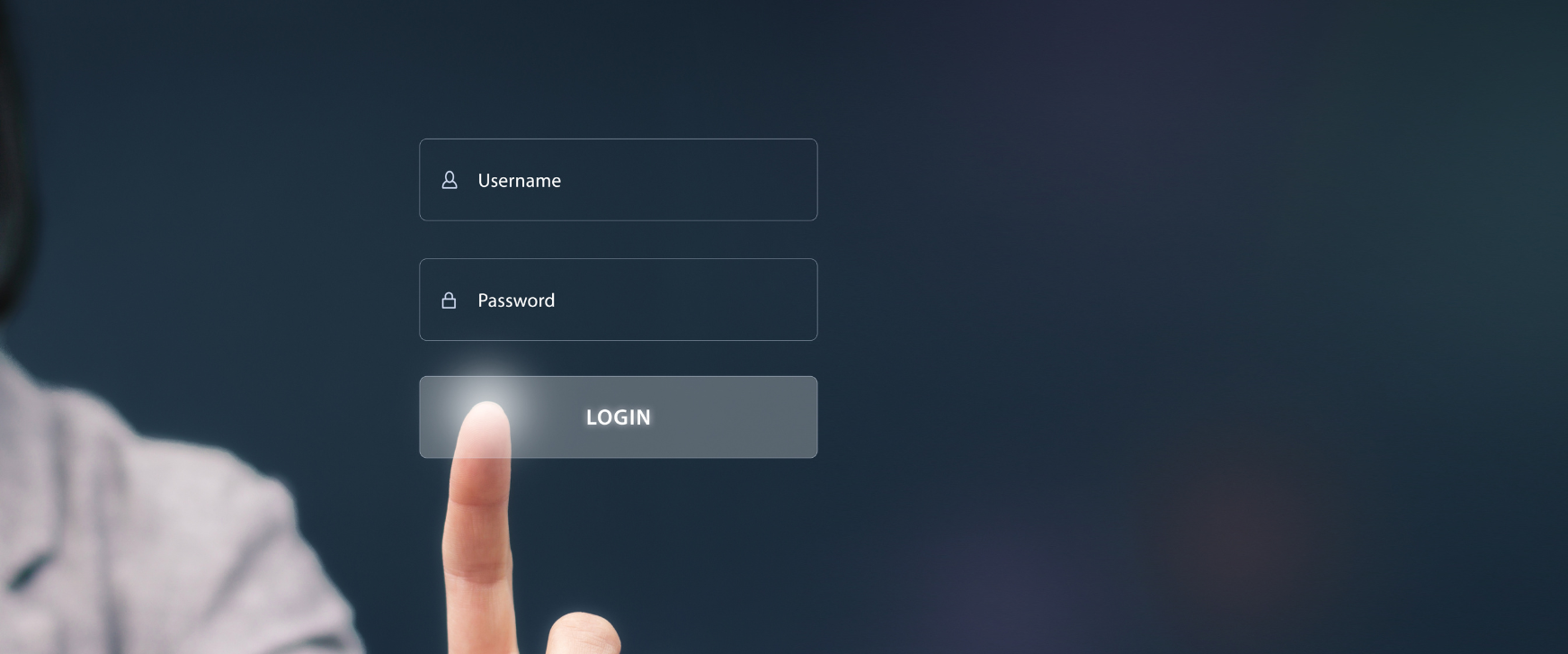Credential stuffing is one of the latest tactics that cybercriminals are employing to exploit vulnerabilities and gain unauthorized access to your personal information. Let’s take a look at what it is, and how you can fight back.
What is Credential Stuffing?
Credential stuffing is a type of cyberattack in which cybercriminals use stolen or leaked login credentials from one platform or service to gain unauthorized access to accounts on another platform. It’s a popular attack method because many people use the same username and password combinations across multiple online services. When a large-scale data breach occurs, it’s common for cybercriminals to obtain a treasure trove of usernames and passwords. They then attempt to log in to various other accounts, hoping that users have reused the same credentials elsewhere.
How Credential Stuffing Works
- Data Breach: The attack begins with a data breach on a popular online service, such as a social media platform, e-commerce site, or banking website. During these breaches, the login credentials of users are exposed.
- Credential Harvesting: The stolen username and password pairs are compiled into lists, often referred to as “combo lists” or “credential dumps.” These lists are then sold on the dark web or distributed among cybercriminals.
- Automated Attacks: Cybercriminals use automated tools or scripts to systematically test the stolen credentials on various online services, such as email accounts, online banking, streaming services, and more.
- Account Takeover: When a matching set of credentials is found, the criminals gain access to the victim’s account. They can then exploit the account for various malicious purposes. This includes stealing personal information, making unauthorized purchases, or launching further attacks.
Preventing Credential Stuffing Attacks
Here are some strategies that you can use to offset the risk.
- Unique Passwords: Never reuse passwords across different online services. Each account should have a unique and strong password. Use a password manager to generate and securely store complex passwords.
- Two-Factor Authentication (2FA): Enable 2FA wherever possible. This adds an extra layer of security by requiring a second verification step, such as a one-time code sent to your mobile device, in addition to your password.
- Regularly Change Passwords: Periodically change your passwords, especially for critical accounts like email, banking, and social media. This minimizes the window of opportunity for attackers to use stolen credentials.
- Monitor Your Accounts: Keep a close eye on your account activity. Many online services provide alerts for suspicious logins or activities. Promptly report any unauthorized access.
- Educate Yourself: Stay informed about the latest security threats and best practices. Regularly update your knowledge on how to protect your online accounts.
Cybersecurity is an ongoing effort, make it a habit to stay informed about emerging threats and adapt your security practices accordingly.


